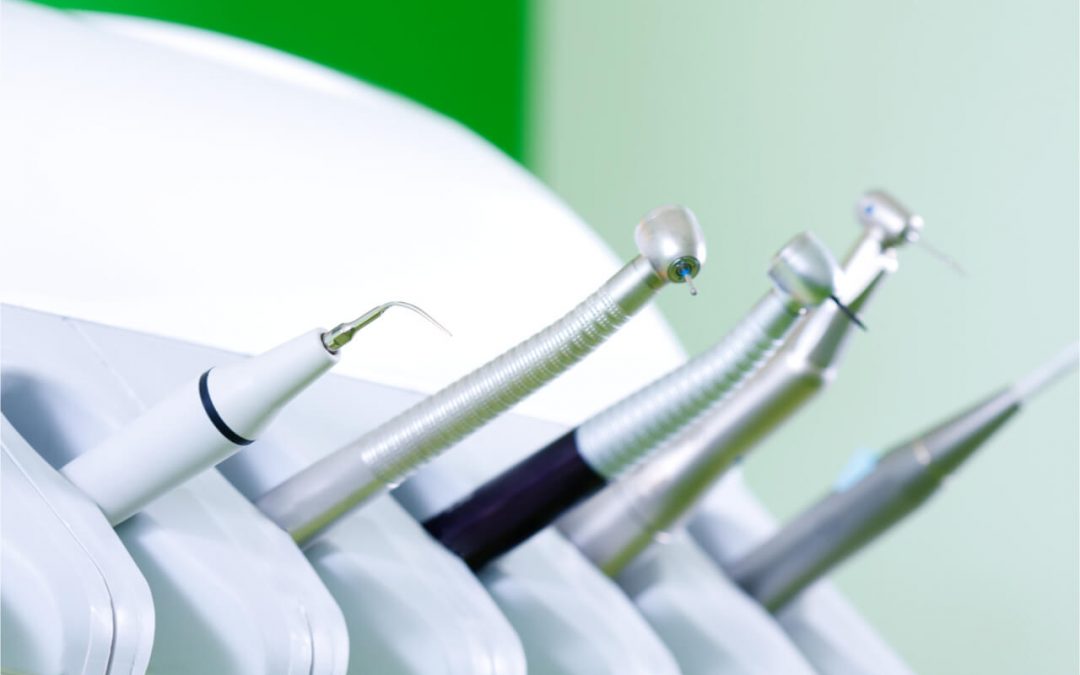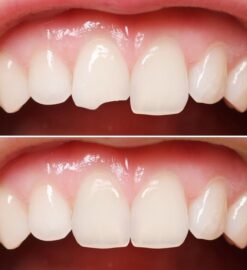Common Dental Handpiece Problems and How To Solve Them

Dental handpieces are incredibly essential tools in any dental practice. These handpieces, like any other machinery, can develop various issues over time due to frequent use and wear. It is crucial for dental professionals to have a comprehensive understanding of these common problems and possess the necessary skills to effectively troubleshoot and solve them. By doing so, they can ensure the optimal efficiency and longevity of the handpieces, providing quality dental care to patients with confidence and precision.
Recognising the Issues
Problem: Overheated Handpieces
One common issue that dental professionals often encounter during procedures is overheated handpieces. This can be problematic as it not only has the potential to damage the tool itself but can also lead to discomfort for the patient. Overheating typically occurs when the bearings within the handpiece become worn out due to continuous use and friction. It is important for dental practitioners to be aware of this issue and take necessary precautions to prevent overheating, ensuring optimal performance and patient comfort.
Solution: To ensure optimal performance and prevent overheating, it is crucial to prioritise regular servicing and replacement of the bearings. By creating a well-defined schedule for routine maintenance, you can significantly enhance the longevity of the bearings while effectively mitigating any potential risks of overheating. This proactive approach not only safeguards the equipment but also contributes to its smooth operation and overall efficiency.
Problem: Poor Water Spray
Another common issue that can adversely affect cooling efficiency is poor water spray. This can occur when there are blockages in the spray nozzles or if the water line is compromised. When the spray nozzles are obstructed, the water flow may become irregular or insufficient, resulting in inadequate cooling performance. Similarly, a compromised water line can lead to inconsistent water supply, further hampering the cooling process. Therefore, it is crucial to address these issues promptly to ensure optimal cooling performance.
Solution: It is important to regularly inspect the water spray nozzles and clean them thoroughly to prevent any buildup or blockages that may occur over time. By doing so, you can ensure the optimal performance of your system and avoid any potential issues. However, if the problem persists despite proper maintenance, it might be necessary to consider replacing the water line to ensure the efficient and uninterrupted flow of water.
Problem: High Noise Levels
Dental handpieces can sometimes produce high noise levels, which can be a source of discomfort for both the patient and the dental professional. This issue is often associated with damaged or worn-out bearings or the presence of debris inside the handpiece. It’s crucial to acknowledge this problem as prolonged exposure to high noise levels can potentially lead to hearing impairment.
Solution: Regular inspections and proper maintenance of the dental handpiece can help identify and rectify this issue promptly. If the noise level remains high despite maintenance, it may be necessary to replace the bearings or the entire handpiece.
Problem: Reduced Speed and Torque
Reduced speed and torque can significantly affect the efficiency of dental procedures. This issue could be attributed to a number of factors such as worn-out gears, clogs in the drive air tube or a faulty turbine. It’s essential to address this problem promptly to ensure the effective execution of dental procedures and maintain the comfort of patients.
Solution: Regular cleaning and lubrication of the handpiece can prevent clogs and ensure optimal performance. If the issue persists, it might be necessary to replace the worn-out parts or the entire turbine.
Repairing the Handpiece
Seeking Professional Help
If you’re experiencing persistent problems with your dental handpieces, such as unusual noises, decreased performance, or inconsistent operation, it may be an indication that professional assistance is needed. Seeking the expertise of trained technicians who specialise in dental handpiece repair can ensure accurate diagnosis of the underlying issue and the implementation of necessary repairs, helping to restore optimal functionality and prolong the lifespan of your equipment. Don’t let dental handpiece issues hinder your practice’s efficiency and patient care – take proactive steps to address and resolve them promptly.
DIY Repairs
However, some minor issues can be resolved in-house. For instance, if you notice that the bearings are exhausted, you can easily replace them yourself with new ones. Similarly, if you find that the water spray nozzles are obstructed, a simple cleaning process can help restore their functionality. By taking these small but important steps, you can ensure the smooth operation and longevity of your equipment.
Preventive Measures
Regular Maintenance
Regular maintenance plays a crucial role in preventing a wide range of common issues that dental handpieces often encounter. By establishing a well-organised schedule for routine checks and servicing, you can ensure that your handpiece remains in optimal working condition, minimising the risk of unexpected breakdowns and maximising its lifespan. This proactive approach not only helps to maintain the performance and reliability of the handpiece but also contributes to the overall efficiency and productivity of dental procedures.
Using Quality Products
When it comes to maintaining the longevity and performance of your handpiece, the importance of using high-quality products cannot be overstated. Not only do these products help prevent potential issues, but they also play a crucial role in prolonging the lifespan of your equipment. By opting for top-grade lubricants specifically designed for handpieces, you can ensure that every intricate mechanism operates smoothly and seamlessly. This level of precision and care leads to enhanced durability, reducing the risk of breakdowns or malfunctions. Ultimately, this small investment in quality products goes a long way in preserving the optimal functionality of your handpiece over an extended period of time, providing you with peace of mind and reliable performance.
Conclusion
In order to maintain the reliability and durability of your dental handpieces, it is crucial to understand the common problems that they can experience and be aware of their solutions. By addressing these issues head-on and taking proactive preventive measures, dental practices can ensure the long-term functionality and performance of their handpieces. This not only helps in providing efficient and effective dental care but also minimises downtime and maximises productivity. Investing time in learning about the potential problems and their solutions can greatly benefit dental professionals in the smooth operation of their practices.



